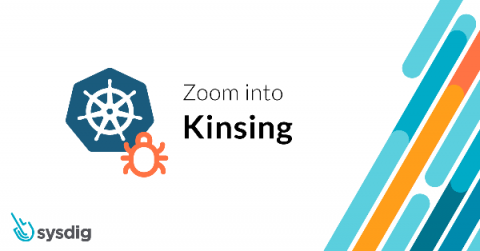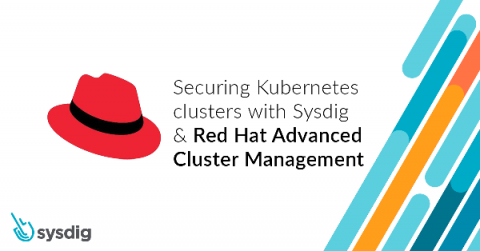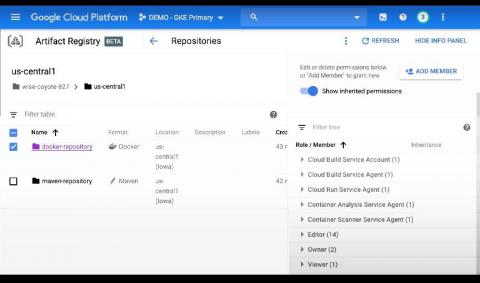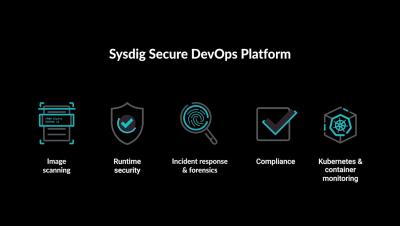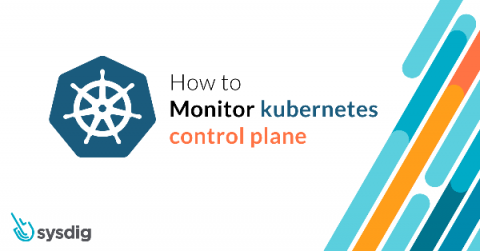What's new in Sysdig - November 2020
Welcome to another monthly update on what’s new from Sysdig. Our team continues to work hard to bring great new features to all of our customers, automatically and for free! Outside of building awesome new features and functions this month, we also had a lot of fun running cards against containers for a cause once again. If you missed it, feel free to catch-up on YouTube!



